FAQ: 2020 Farm Requirements
A detailed FAQ about the Rainforest Alliance 2020 Sustainable Agriculture Standard Farm Requirements.
Home » Business » Certification
hands with cocoa pods
Certification has had a huge impact in bringing sustainability to the forefront of business thinking, but it must continue to evolve to provide more value to farmers and companies and ensure that people and nature can thrive in harmony.
That's why the Rainforest Alliance launched its new Certification Program, which entered into force in July 2021. The Sustainable Agriculture Standard, along with its assurance and technology systems, are data-powered, and based on the principles of continuous improvement, risk-based assurance, contextualization, and shared responsibility. This is how we can deliver more value to the two million farmers and thousands of businesses that use Rainforest Alliance certification to drive more sustainable agricultural production and responsible supply chains.
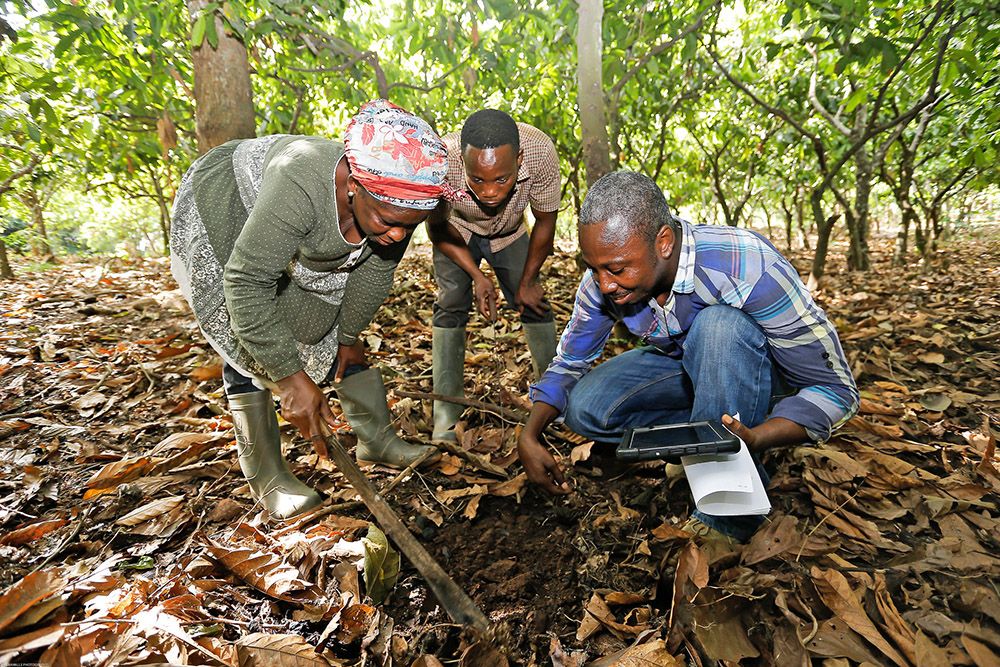
The certification program is part of the Rainforest Alliance’s strategy to drive sustainability at scale in the sectors in which we operate through interconnected interventions supporting certification, tailored supply chain services, landscapes and communities, and advocacy.
Key priorities of our cocoa strategy are assurance, shared responsibility, supply chain transparency, and profitability and resilience.
How we have tailored the implementation and verification of standards requirements on child labor and forced labor to the risk exposure of each farm.
Our shared responsibility approach aims to distribute benefits and costs of certification more evenly between farmers and companies.
Begin your journey of certification with the Rainforest Alliance.
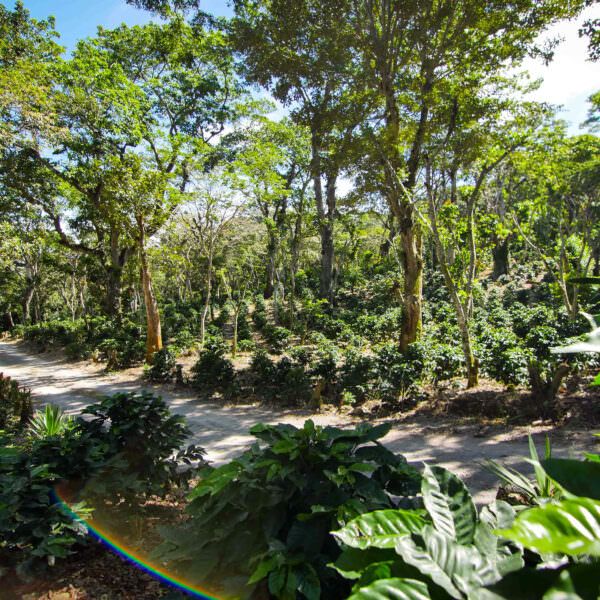
A detailed FAQ about the Rainforest Alliance 2020 Sustainable Agriculture Standard Farm Requirements.
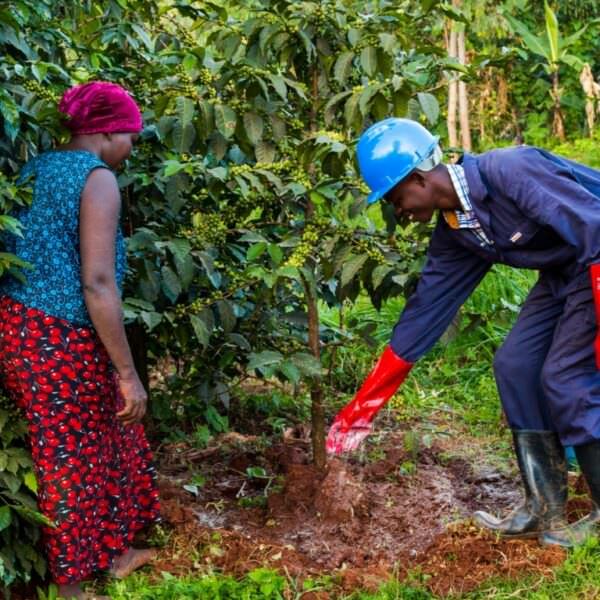
Find out what Ugandan coffee exporter, Kyagalanyi Coffee, had to say about the new program—from the improvements to the challenges.
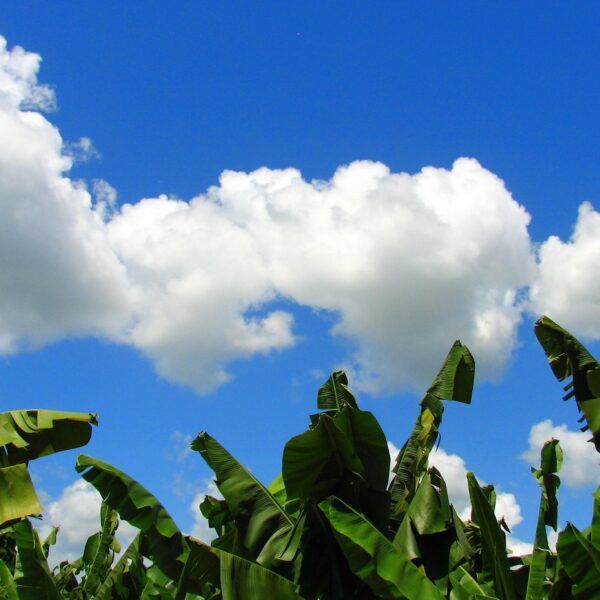
After teaming up for an early implementation pilot of our strengthened certification program, both Finca Esmeralda and the Rainforest Alliance took away learnings that will contribute to a more sustainable banana sector.
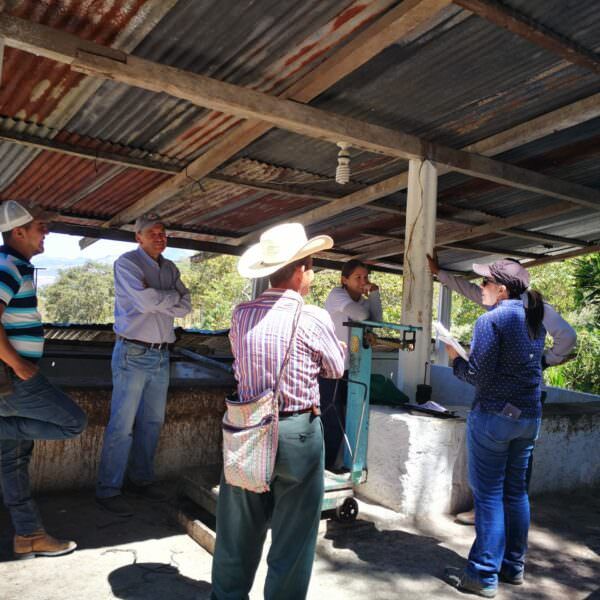
Rainforest Alliance certification is carried out by our authorized certification bodies. Find an authorized certification body in your county.
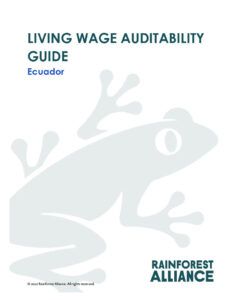
This document enables auditors to prepare an audit in which the correct interpretation and evaluation of topic 5.4 Living Wage is included, first, the guide develops a basic concept of the living wage... View more
Available in: English, Spanish
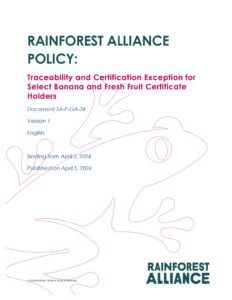
This policy exception has been developed to streamline the traceability reporting process, allowing offshore supply chain actors to be exempted from traceability and to simplify the certification... View more
Available in: English
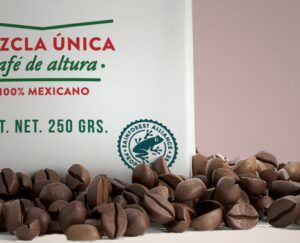
This page gives you an overview of certification costs for farmers and companies.
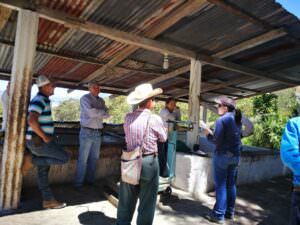
Rainforest Alliance certification is carried out by our authorized certification bodies. Find an authorized certification body in your county.

The list of living wage benchmarks per country as part of Annex S10: Living Wage Benchmarks per Country - Methodology.
The benchmarks are indicated in local currency, in gross wage per month, If no... View more
Available in: English
The UML is used across the palm industry and has become a trusted reference to identify mills as part of supply chain mapping and traceability.